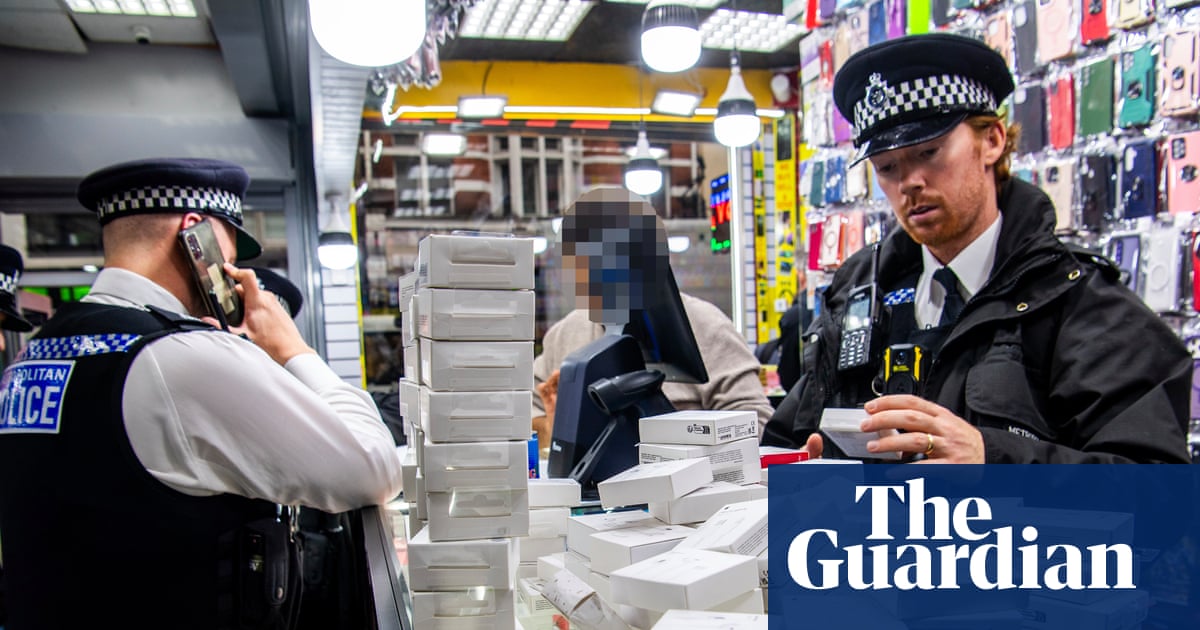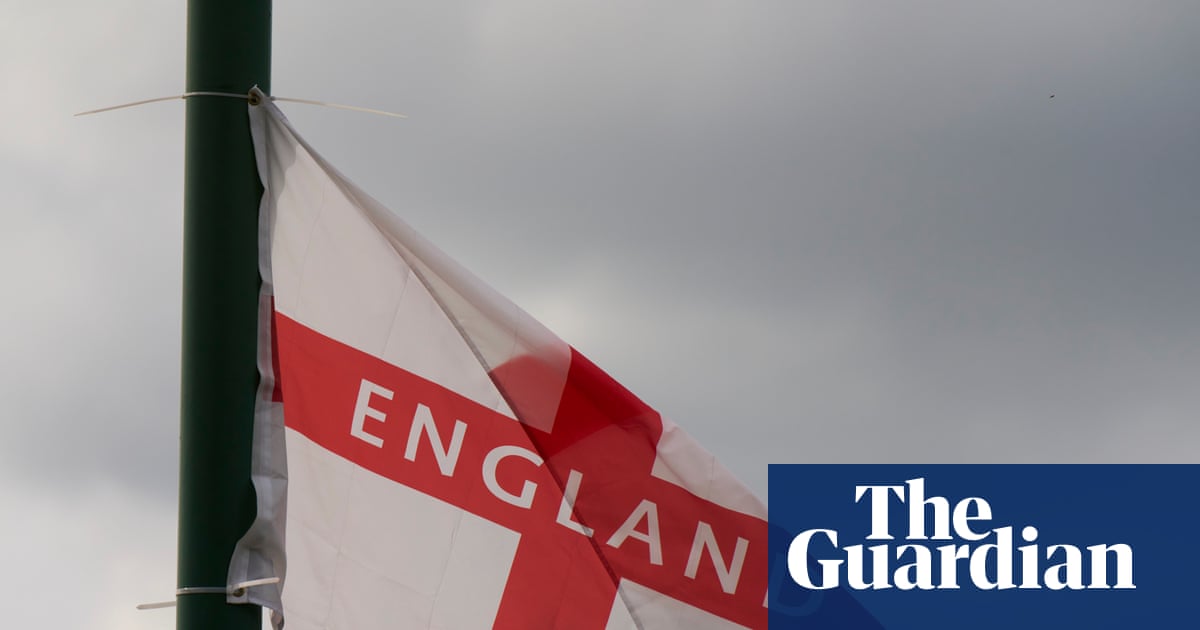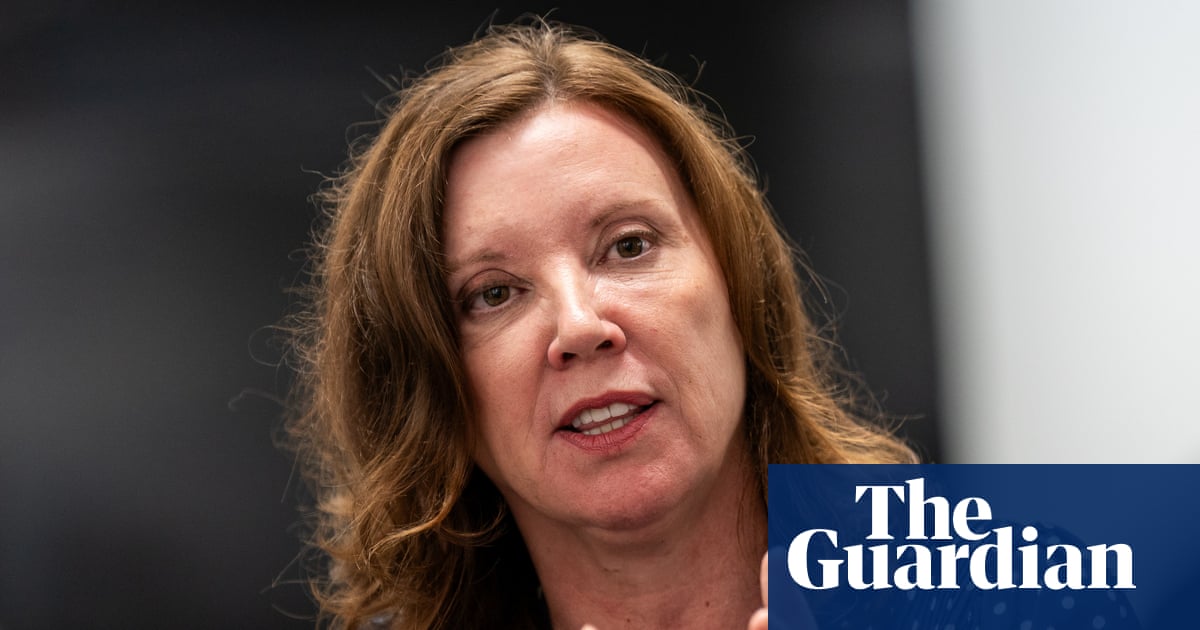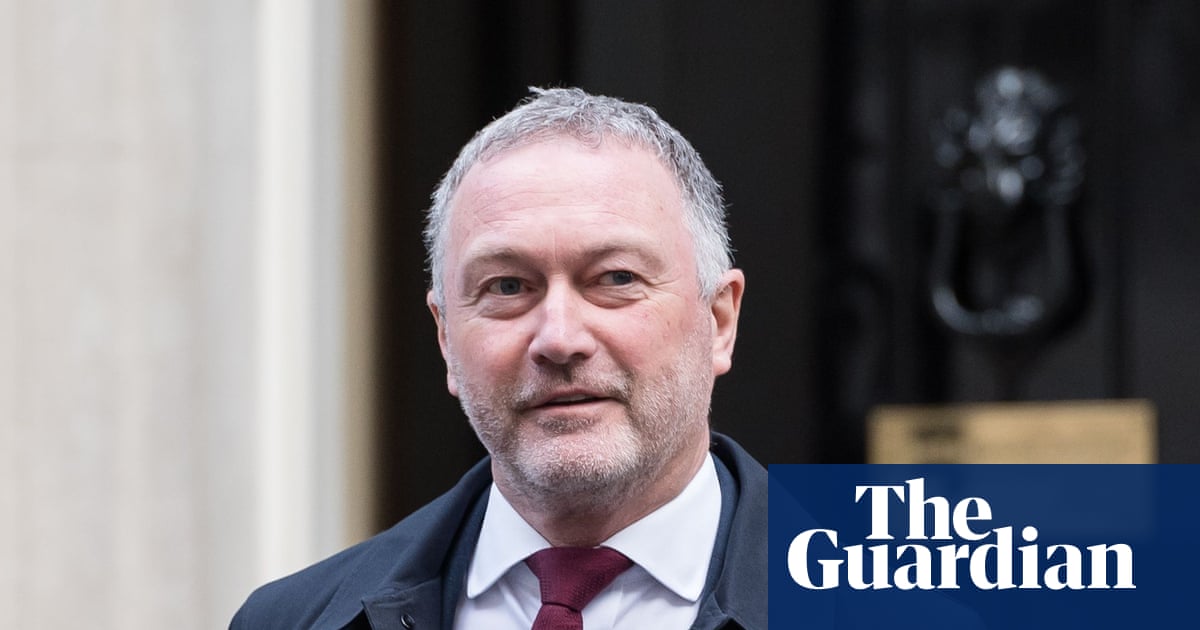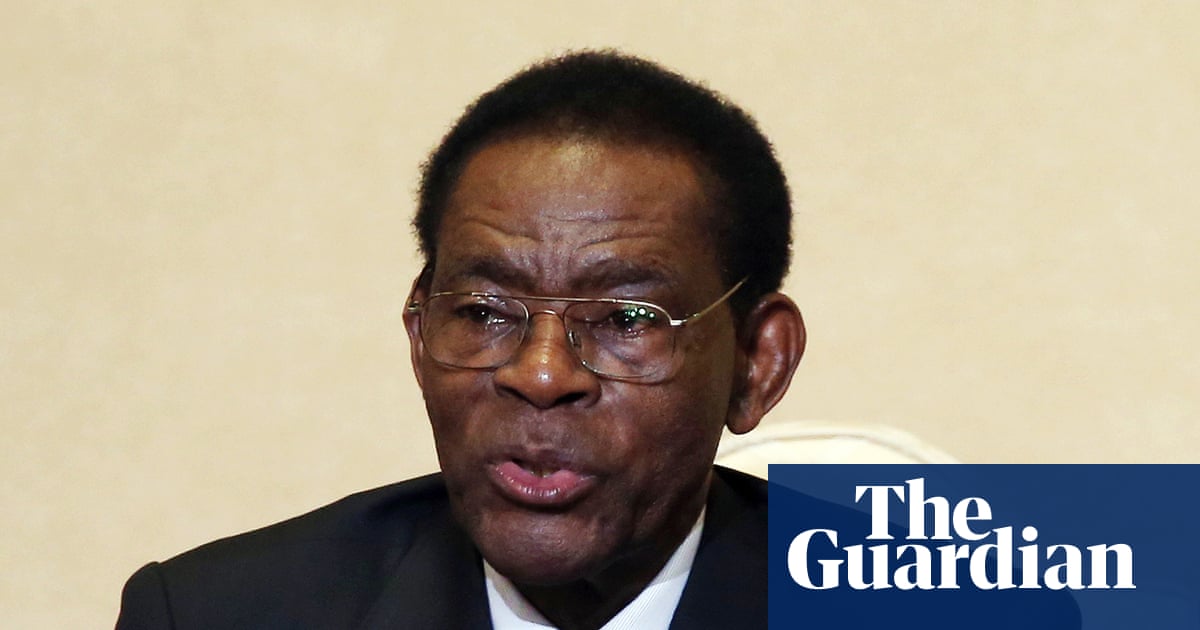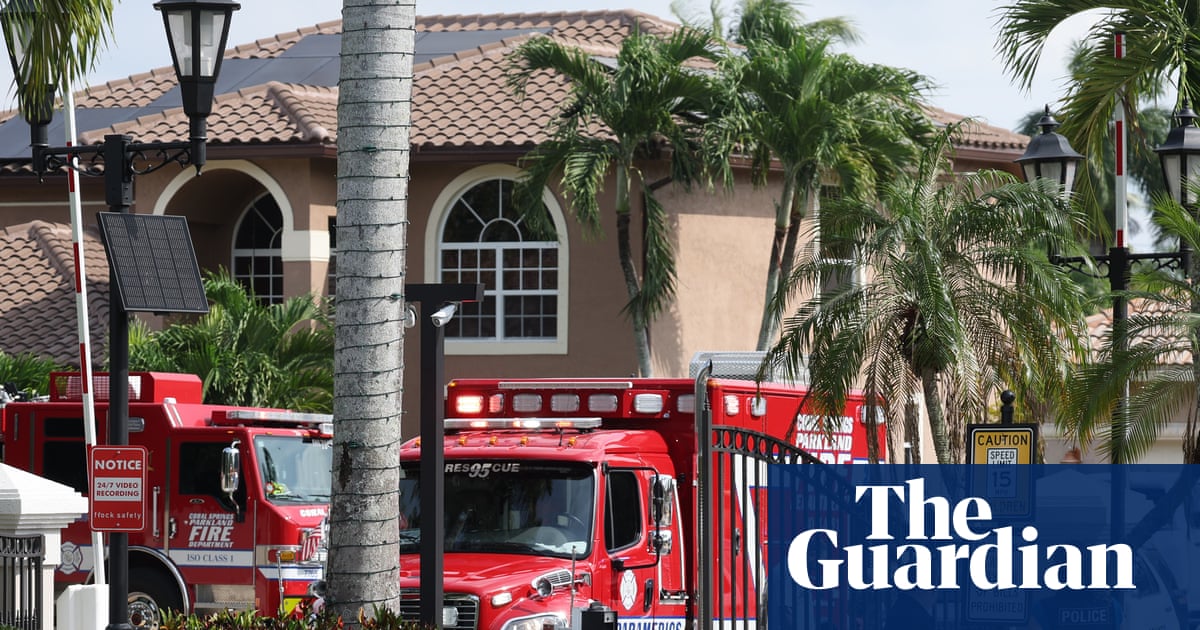Wild bird species face an accelerating decline in the UK, figures show, with some species heading for local extinction.
Bird numbers have plummeted since the 1970s, and government data shows that trend continuing; between 2019 and 2024 the species index declined in the UK by 4% and England by 7%.
Intensive farming practices have had a significant impact on some bird populations, due to the increase in the use of machinery and pesticides, as well as the removal of habitats such as hedgerows.
In some areas, rare bird species such as turtle doves are now making a comeback as farmers create habitats and farm more sustainably. The report, from the Department for Environment, Food and Rural Affairs, notes that widespread take-up of these practices is required if bird numbers are to recover.
Prof Richard Gregory, RSPB’s head of monitoring conservation science, said: “Alarmingly, the new data show an accelerating pattern of decline in our bird populations, whether on our farmland, wetlands, uplands or seas, as they are pushed past their limits. Notably, seabirds have crashed in number, many hit hard by avian influenza, on top of a cocktail of growing pressures. Time is running out to meet government targets to recover nature and yet we have the solutions and knowhow, now we need all the different actors to pull together to bring UK birds back from the brink.”
Farmland bird populations have fallen by about 62% over the long term and 11% in the short term, with harsher declines for farmland specialist birds than generalists. Those which have faced the worst declines include turtle dove, grey partridge and the tree sparrow.
However, there is also some good news in the data, which shows that woodland bird populations are beginning to stabilise as more habitat is restored across the UK. Last year’s data found that woodland species had the highest number of species declining in the short term. This year, fewer woodland species are declining and more are increasing, although Defra says it continues to be concerned about the green woodpecker, which is strongly declining in the short term (by 22% since 2018).
Species such as lapwing and yellowhammer are showing concerning declines, with numbers plummeting by more than 65% over the longer period and continuing to strongly decline in the most recent five years across both England and the UK.
The government has a target to halt the decline of nature by 2030 and increase species abundance and biodiversity in the following years. This includes wild bird numbers.
Alice Groom, RSPB’s head of sustainable land use policy, said: “New data shows once again concerning declines in farmland birds. What we’ve seen for the past 50 years – that yellowhammers, turtle doves, lapwing, and other farmland birds are in a dramatic freefall.
“Yet we also know that farmers working with nature can reverse these declines while also improving long-term food production. We need the UK government to roll out a set of effective and well-funded, nature-friendly schemes at scale enabling farmers to manage 10% for nature, providing the year-round resources for farmland birds to rebound. This includes ensuring farmers already in schemes can continue to access funding.”
Defra has been contacted for comment.

 1 month ago
54
1 month ago
54

